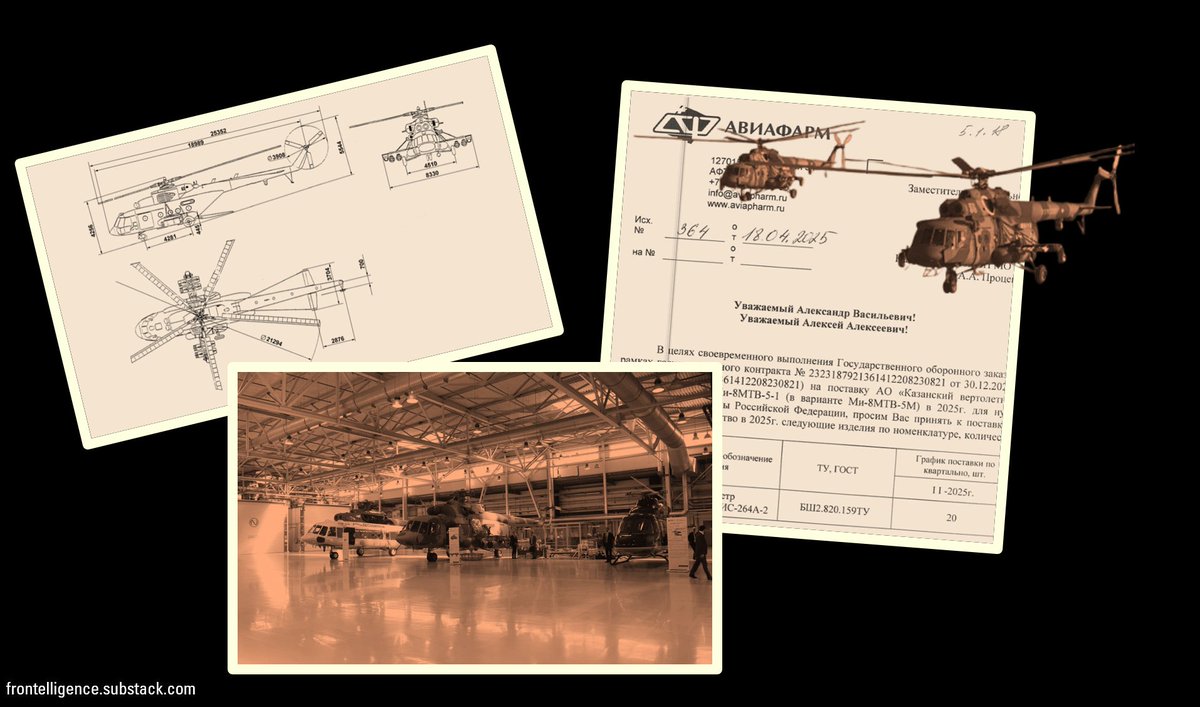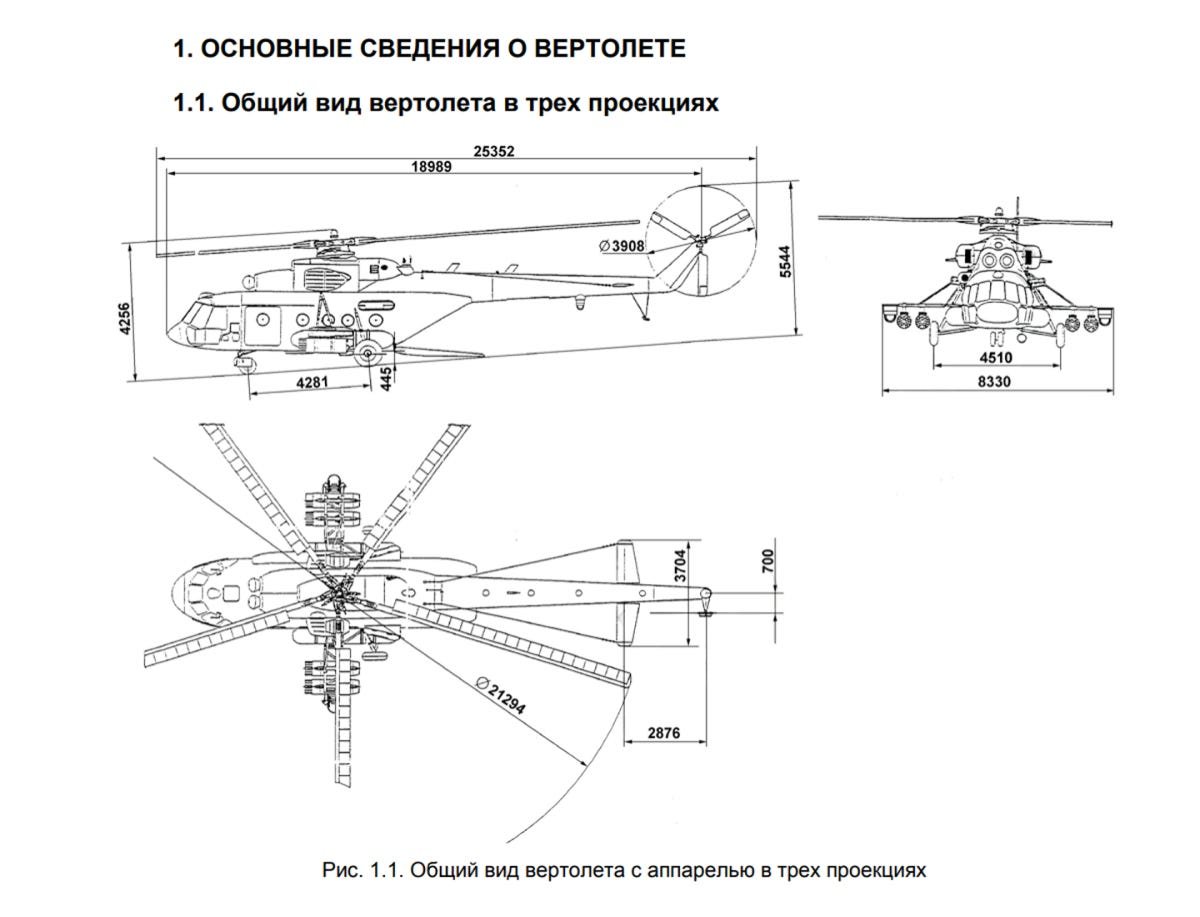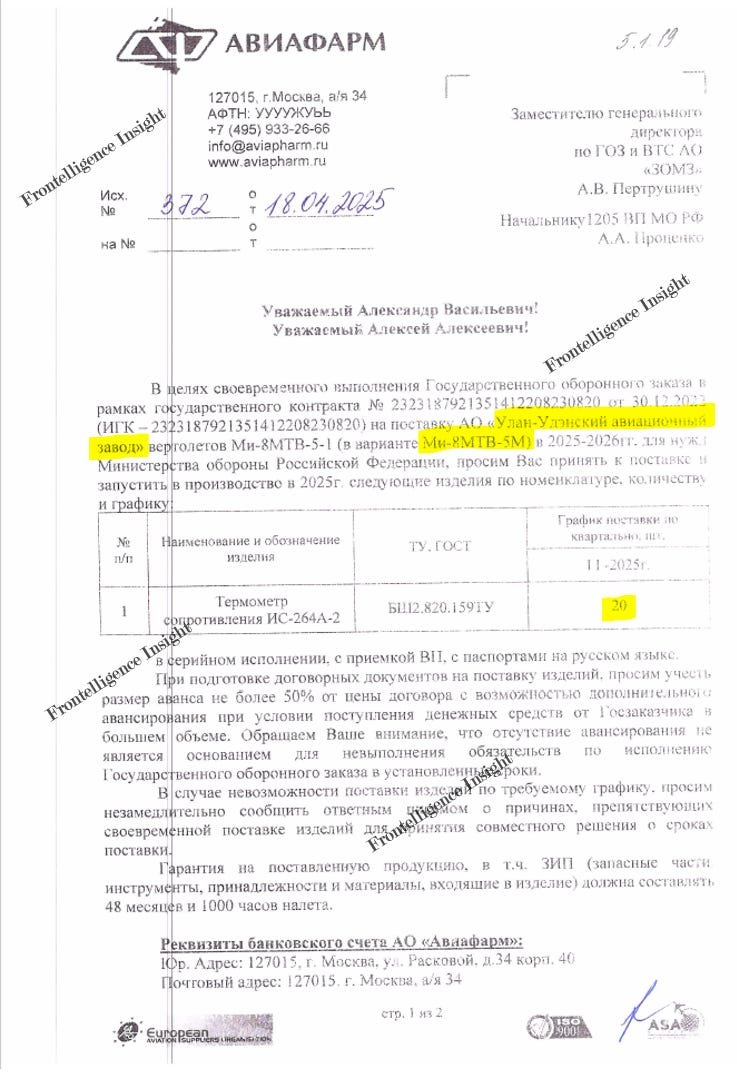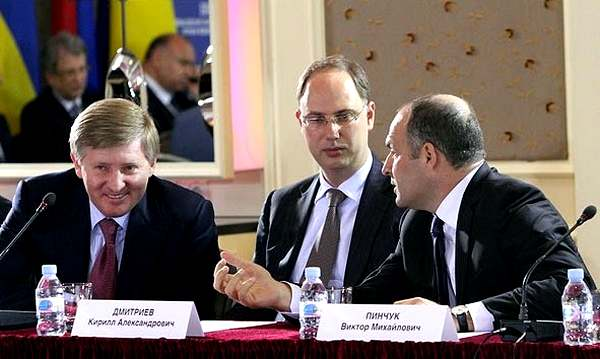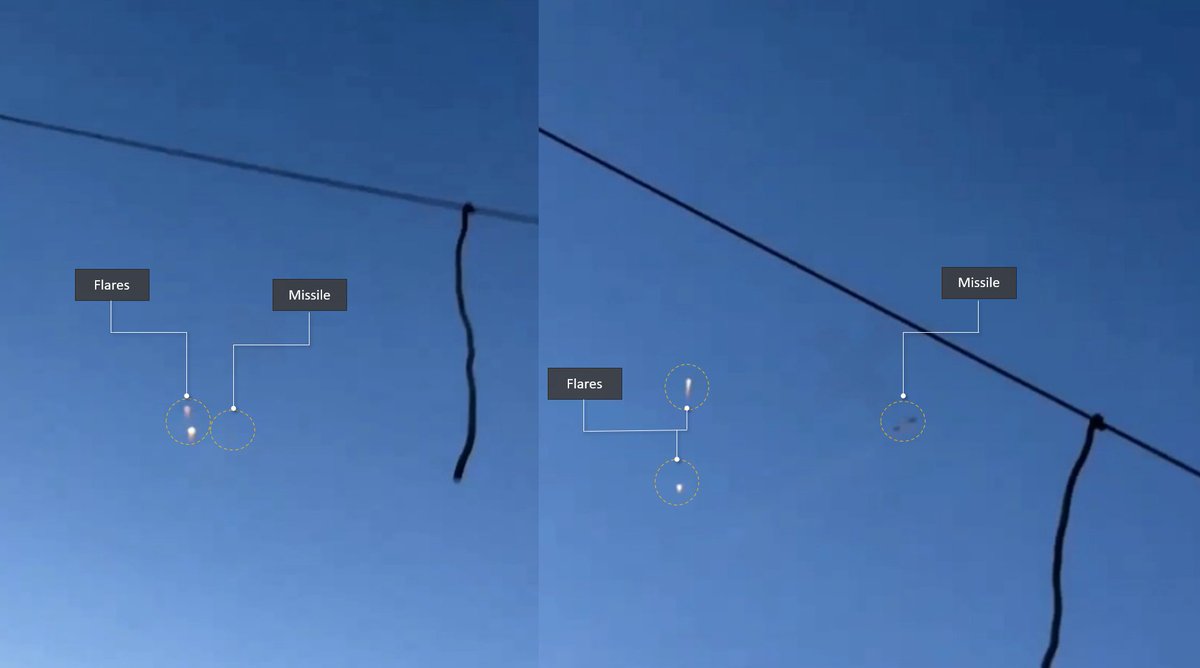Amid the predominant public focus on the successful ATACMS strike at Berdyansk airfield, our team has also assembled a comprehensive report on the outcomes of a similar strike at Luhansk airport, where numerous Russian attack and transport helicopters are stationed.
🧵Thread:
🧵Thread:

2/
The visual evidence from the Planet Labs imagery at our disposal shows that a minimum of 5 helicopters have experienced varying degrees of damage. There's also a chance that other airfield vehicles have been affected, but the current resolution makes confirmation difficult.
The visual evidence from the Planet Labs imagery at our disposal shows that a minimum of 5 helicopters have experienced varying degrees of damage. There's also a chance that other airfield vehicles have been affected, but the current resolution makes confirmation difficult.

3/
In the October 18th imagery, scorch marks from explosions are evident on the airport apron, confirming the deployment of the previously reported M-39 ATACMS missile with nearly a thousand anti-personnel and anti-material bomblets.
In the October 18th imagery, scorch marks from explosions are evident on the airport apron, confirming the deployment of the previously reported M-39 ATACMS missile with nearly a thousand anti-personnel and anti-material bomblets.

4/ To rule out the chance of these scorch marks being old or from previous shelling, we've included imagery from October 10 for comparison. In that imagery, you can observe various pre-existing scorch marks and oil stains, but there are no signs of extensive explosions. 

5/ By analyzing scorch mark patterns and submunition characteristics, we've concluded that avoiding damage, especially for larger objects like helicopters, is highly challenging. This is supported by secondary indicators like rotor absence, leaks, and missing parts. 

6/ The affected area is extensive, and there appears to be a crater. However, we cannot confirm whether it solely resulted from the missile impact, a vehicle detonation, or a combination of both simultaneously.
7/ While the report of the attack is dated October 17th, multiple helicopters are still present at the base, mirroring a pattern observed at Berdyansk airfield.
8/ In conclusion, the attacks in both Berdyansk and Luhansk were successful, despite being protected by various air defense systems. Our team will continue to closely monitor the situation to collect additional data for future updates.
9/ If you found this post valuable, please consider liking and sharing it. These images are made possible through donations on BuyMeACoffee and support from our website's premium subscribers. Consider this option to support future reports like this.
I mistakenly added the wrong image. This is the correct one (no annotations included in the old one) 

• • •
Missing some Tweet in this thread? You can try to
force a refresh




